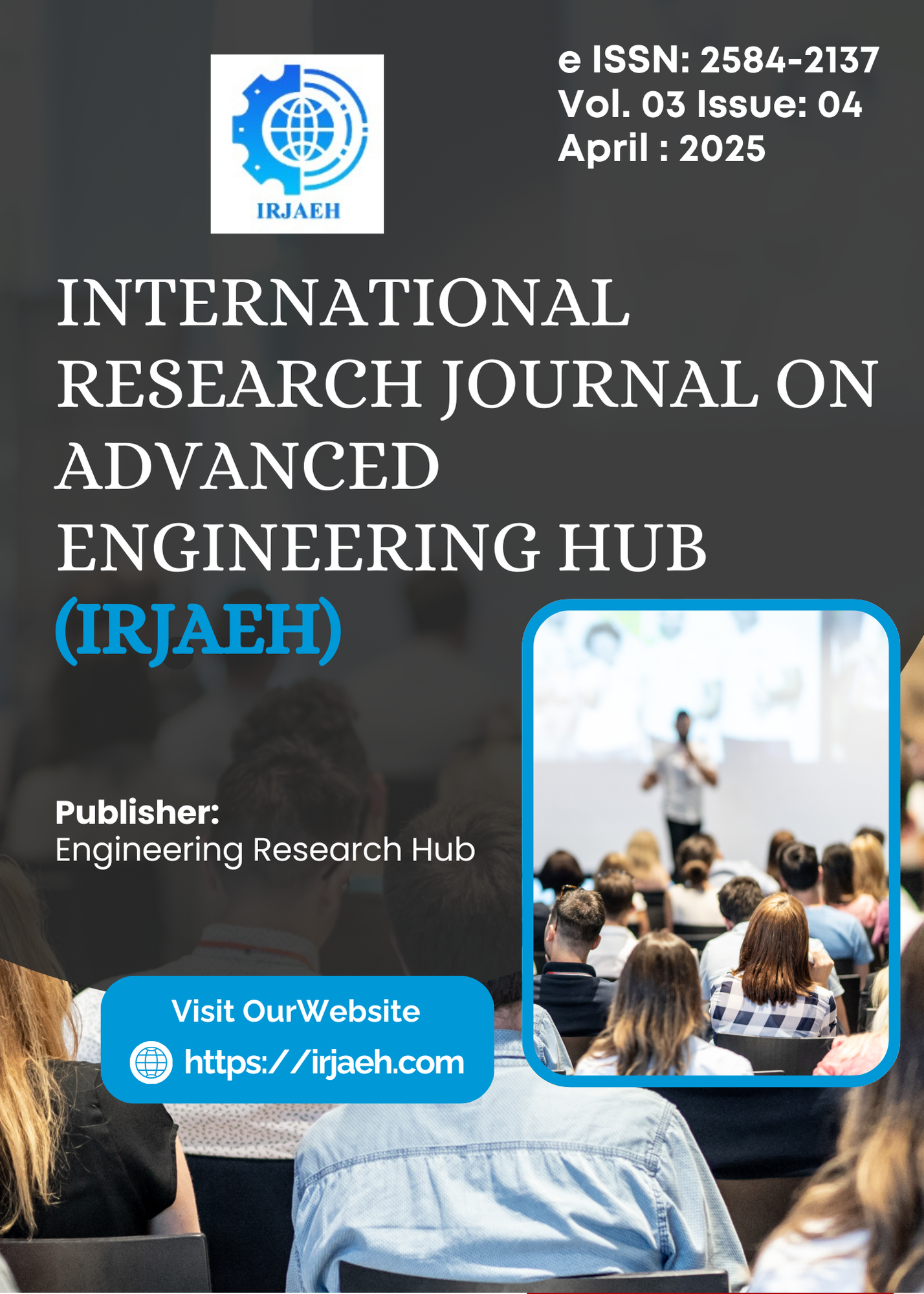Computer Vision-Based Automatic Sorting of Non-Biodegradable Waste: A VGG16 Approach for Plastics and Polythene
DOI:
https://doi.org/10.47392/IRJAEH.2025.0229Keywords:
Sustainable Environment, Principle component Analysis (PCA), Image Classification, Image Augmentation, VGG-16, Non-biodegradable wasteAbstract
Sustainability should be an integral part of modern civilization. To cultivate this habit, individuals can make conscious choices such as refusing single-use plastics, segregating and composting waste at home, and fostering awareness about consumption. With rapid industrialization and an increasing population, waste generation is rising significantly. A large portion of this waste is either dumped onto land or disposed of in aquatic ecosystems, leading to severe environmental hazards. Waste can be categorized into two types: (i) Biodegradable and (ii) non-biodegradable. Biodegradable waste, including food waste, green waste, and paper, decomposes naturally. In contrast, non-biodegradable waste—such as plastic, polythene, glass, and metal—persists in the environment. While materials like glass and metal can be recycled, plastics and polythene often pose long-term environmental threats. This paper presents a computer vision-based approach using VGG-16 to detect non-biodegradable waste, specifically plastics and polythene. Geo-tagged & non tagged waste images were collected from two locations in West Bengal, India: Banipur (North 24 Parganas) and Panihati (Kolkata region). The real time dataset was classified into two distinct categories: plastics_data and polythene_data. Experimental result shows that image data sets of geo-tagged and non-geotagged images of two different categories of classes i) plastics and ii) polythene 95%, with training and validation accuracies of 50.3% and 49.7%, is found respectively. The study further analyses classified and unclassified waste images, using Principal Component Analysis (PCA) to visualize the nature of each category. Our approach aims to enhance waste management practices by reducing the consumption of non-biodegradable materials in these two regions, thereby contributing to a more sustainable environment.
Downloads
Downloads
Published
Issue
Section
License
Copyright (c) 2025 International Research Journal on Advanced Engineering Hub (IRJAEH)

This work is licensed under a Creative Commons Attribution-NonCommercial 4.0 International License.

 .
. 